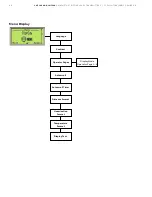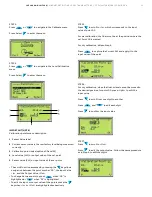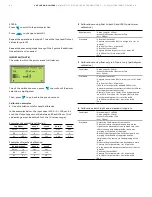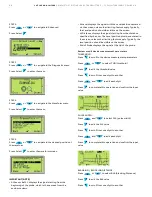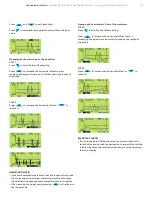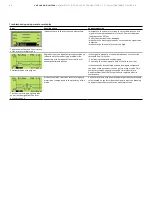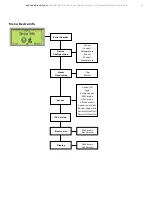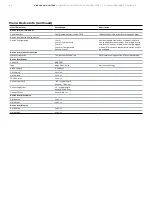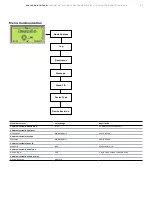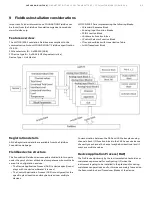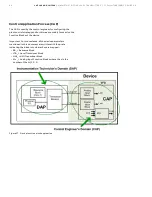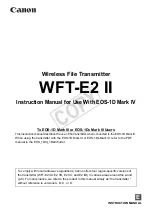
LMT10 0 A N D LMT 20 0 |
M AG N E TOS T R I C T I V E L E V EL T R A N SM I T T ER S | FF O I/L M T 10 0/ 2 0 0/FF - EN R E V. A
53
5 Calibration when float cannot be moved to 0% or 100%
points (dry calibration)
Conditions
• Probe Length = 220 cm
• Mount Orientation = Bottom or Top
• ML = 200 cm
• Current level = 35%
Procedure
• Capture SVL for parameter <In> of point 01
• Set parameter <Out> of point 01 to 70 cm (35%)
• Take the <In> parameter of point 01 and add 130
cm, which is the remaining 65% (for bottom
mounted units), or substract 130 cm (for top
mounted units)
• Use the resulting sum for parameter <In> of point
00
• Set 200 cm for parameter <Out> of point 00
• End
6 Changing mount orientation
Conditions
• Device Model = LMT200
• Probe Length = 220 cm
• Mount Orientation = Bottom or Top
• ML = 200 cm
• Previously calibrated for a different mount
orientation
Procedure
• Record the current Level Value before the mount
orientation change
• Change the mount orientation from Top to Bottom
or vice versa
• Change the Signal Polarity in the Diagnostic Menu
(typically Standard for bottom mount and Flipped
for top mount)
• If the points were just swapped and kept in the
same position (point 00 became point 01 and vice
versa), the level indicated may deviate between 2-3
mm from what was read in the original mount
orientation If the points were physically displaced
up or down, the deviation may be larger
• Calculate the deviation of the level reading between
previous and new mounting
• There are two ways to handle this:
- Edit the parameter <Out> for both points 00 &
01 to add the determined deviation
- Apply Offset Notice that when the Offset is
used, it leaves behind the LRV & URV, which
need to be set again
• End








